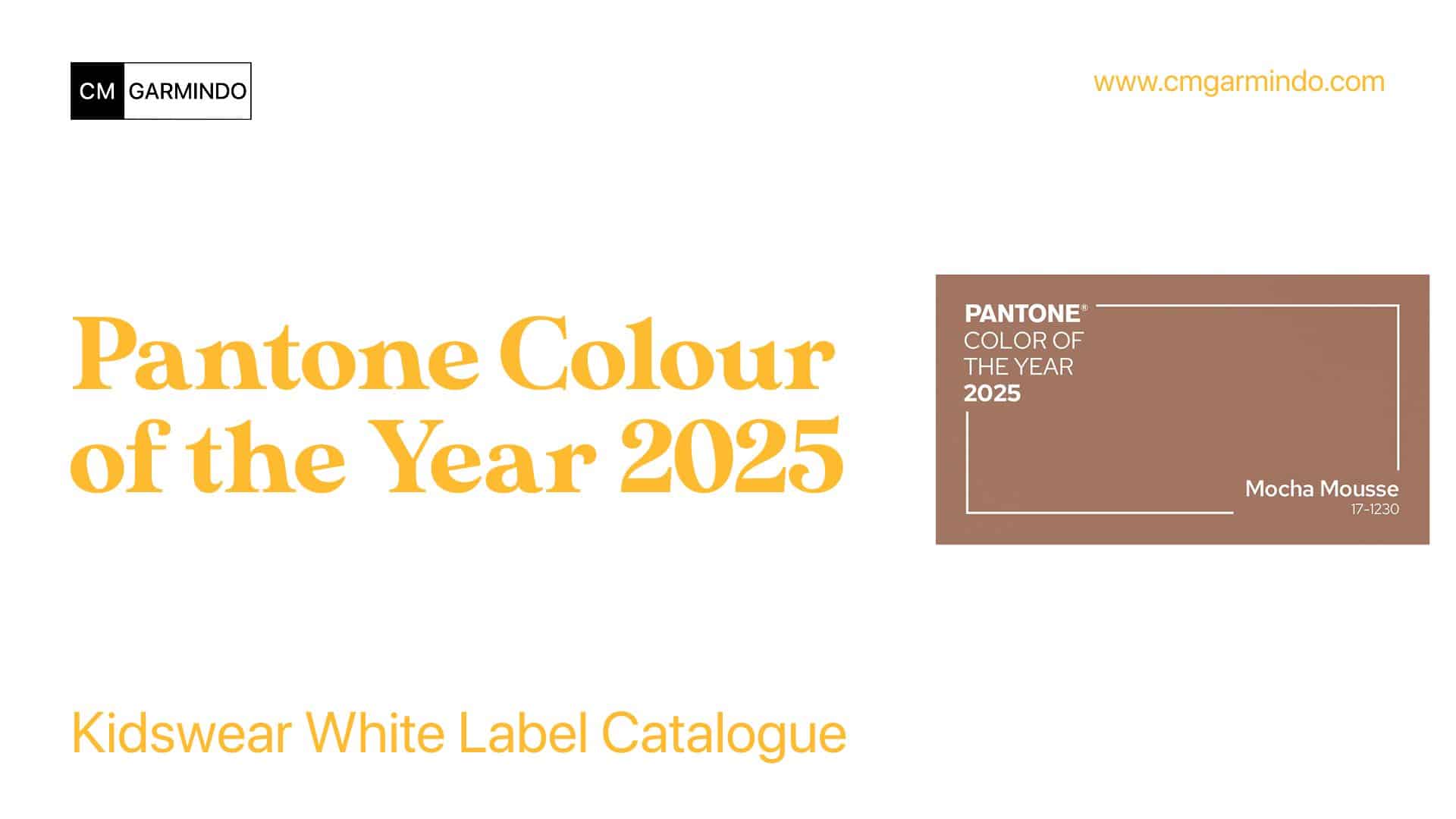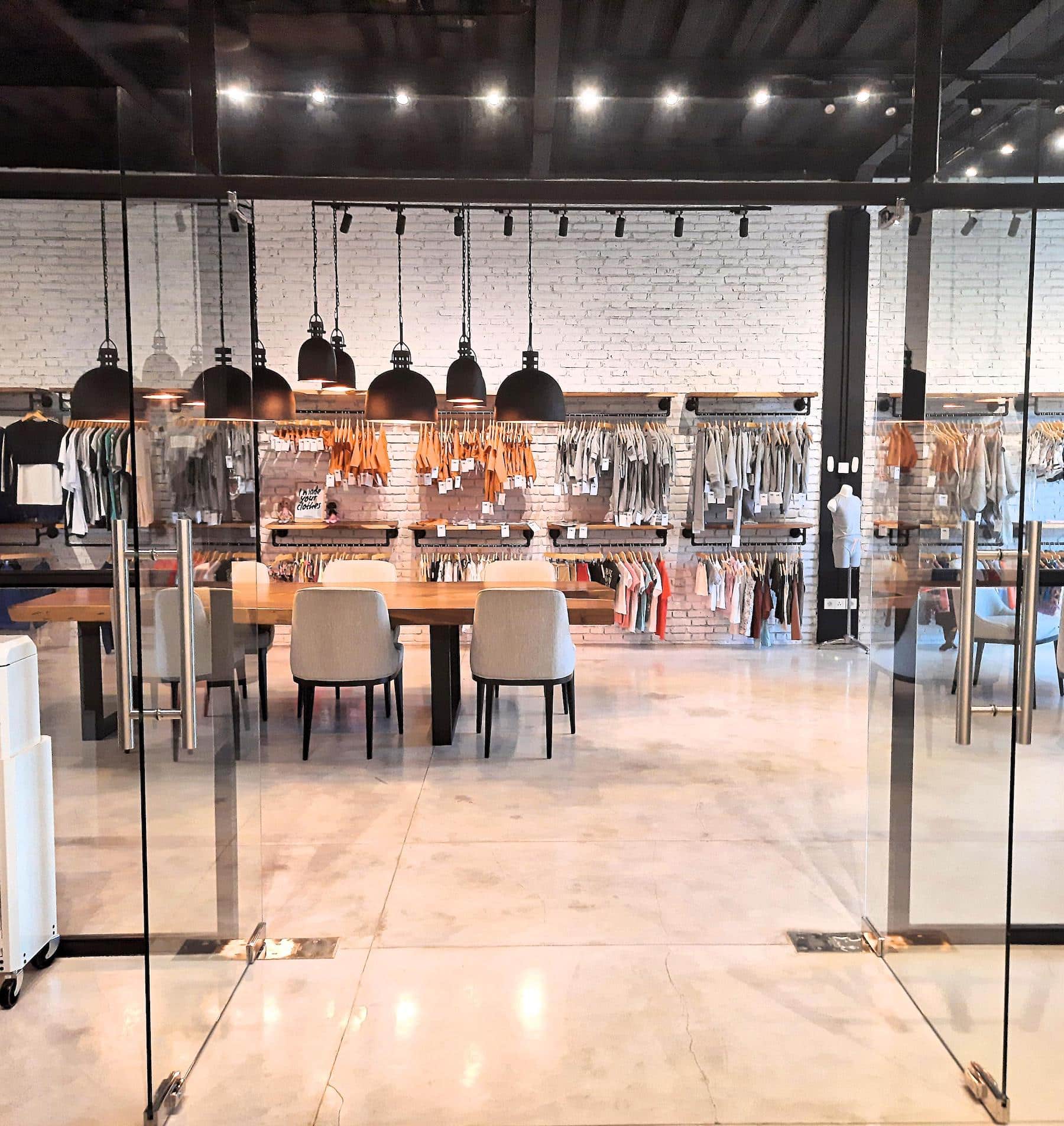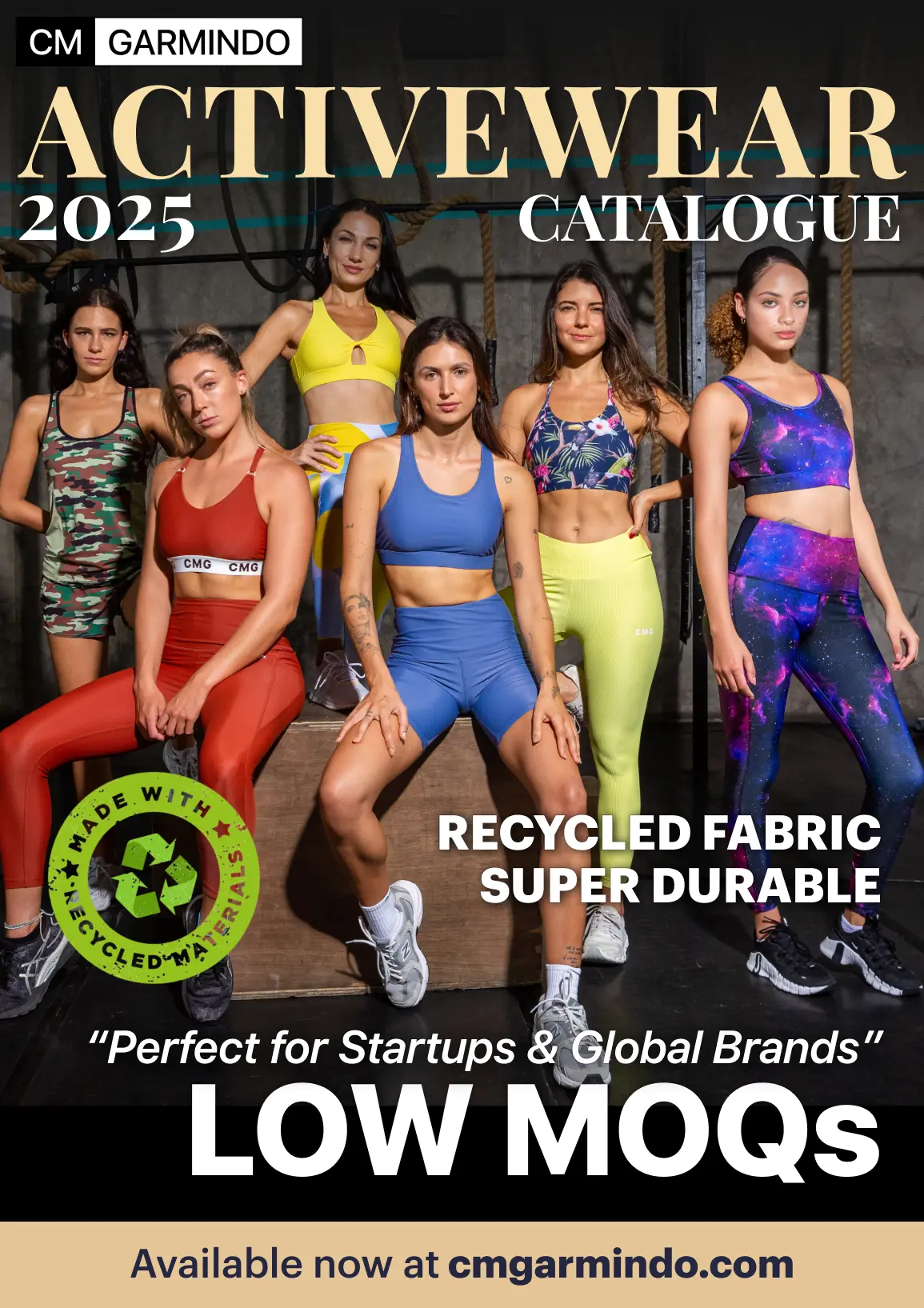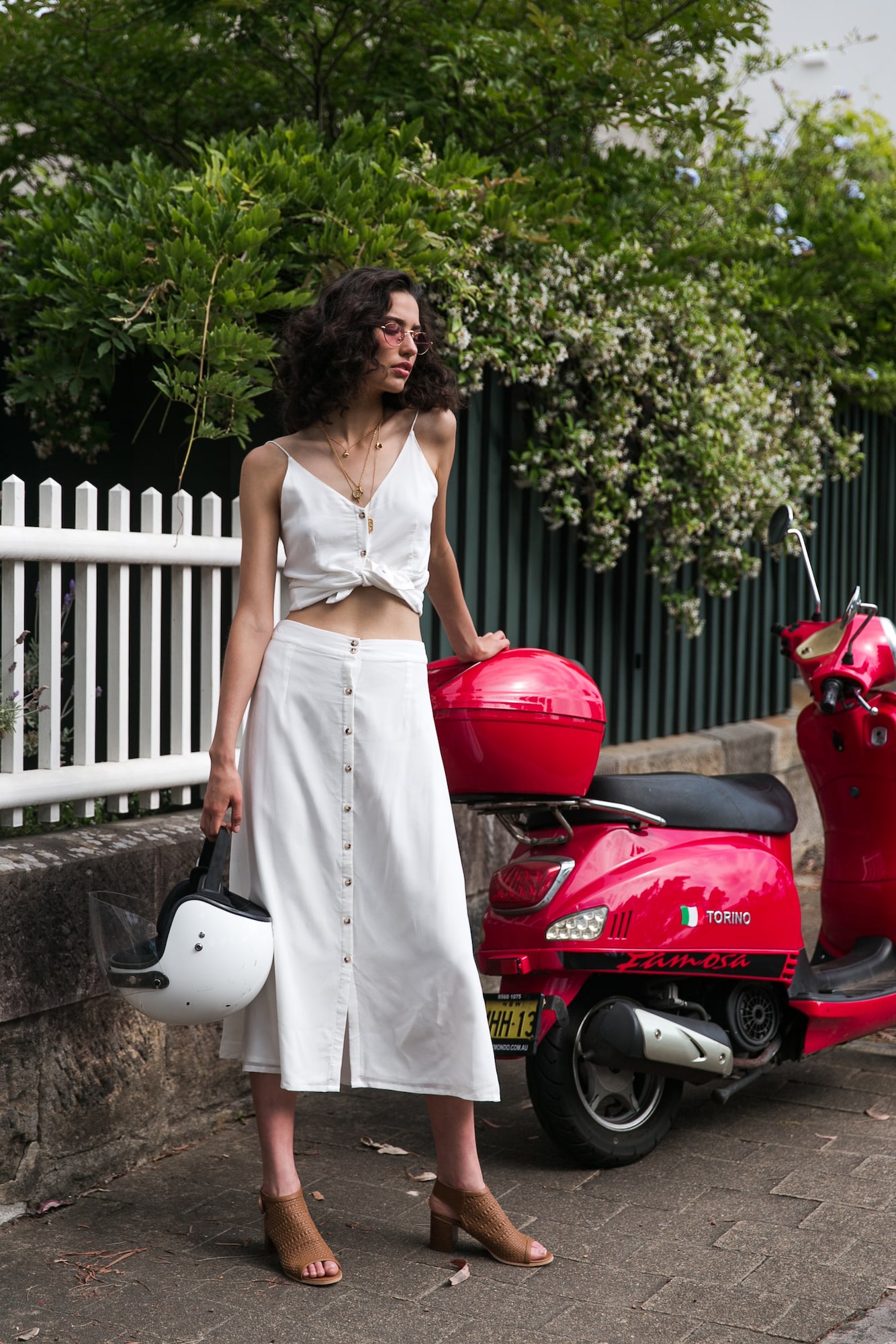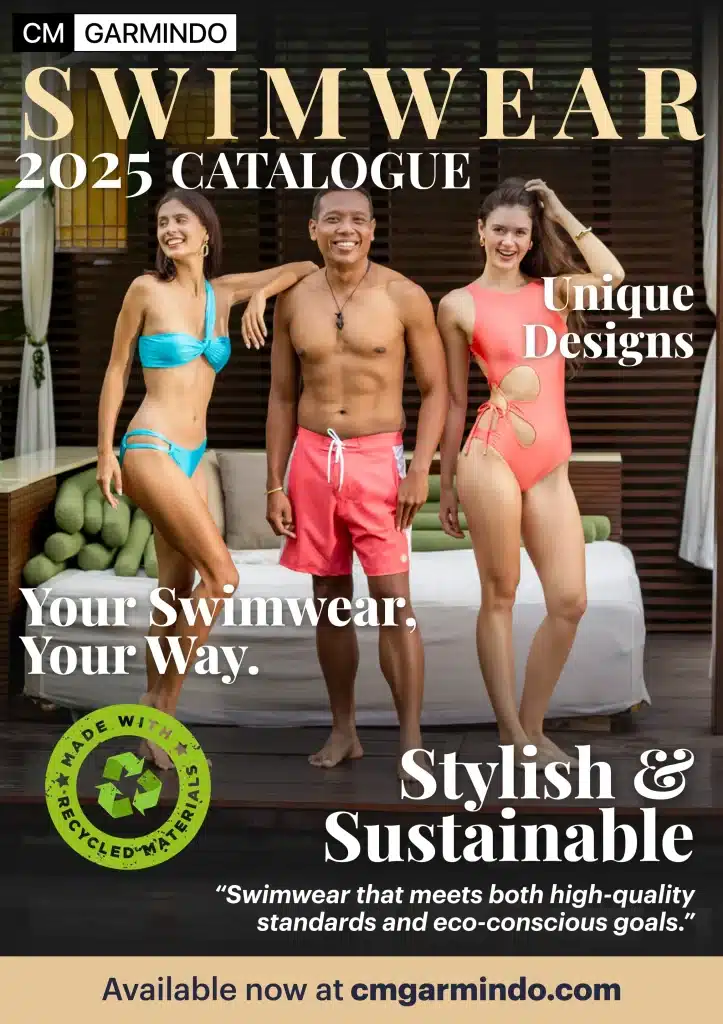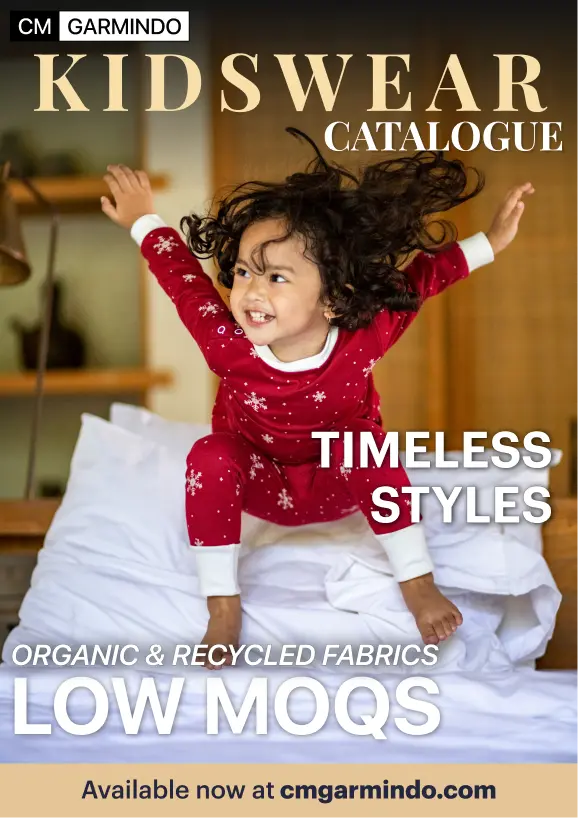When clients ask us, “how much does it cost to make clothing”, we know there’s no simple answer. That’s like asking “how much does it cost to make food”. There isn’t one cost to make a garment given how many variables and activities we need to consider. Should we reply, “how long is a piece of string”.
But why is it so difficult to know how much it costs to make clothing if we’re always making clothing anyway?
In this post, we’ll outline the variables that need to be considered when trying to calculate the costs of manufacturing clothing.
Cost to Make Clothing: Important Factors to Consider
There are actually six main factors that need to be considered when calculating the cost to make clothing. Here are the six factors:
- The fabrics and where they come from.
- Whether there’s any dyeing, embroidering, or printing of the fabrics (called “surface designs”).
- The components and trims used during production.
- The labels and tags.
- The manufacturer’s CMT cost.
- And the total quantity of garments being manufactured.
*It’s important to note that these are just the main factors. Within these six factors, there are numerous additional considerations but this blog post would get too long if we tried to type it all in.
Fabrics and Where They Come From
The biggest cost you’ll face is the fabrics and where they come from. This is after all, what your clothing will be made from. And there are a lot of variables that affect your fabrics costs.
Did you know there are literally millions of different fabrics in the world?
Just because you found a 95% Cotton / 5% Spandex blend in one country, doesn’t mean that exact same fabric exists anywhere else. Yes, of course, we also have that same blend but it’s important to consider that a fabric is more than what it says on paper.
There could be 5,000 different types of 95% Cotton / 5% Spandex.
We need to consider:
- The raw materials used to make that fabric.
- Where that Cotton came from and how it was treated.
- The machinery used when the yarns were being produced and dyed.
- We even need to consider how the final fabric was created and what techniques were used by that specific textile manufacturer that made them.
All of this makes a huge difference to the way a fabric feels, the way it performs when worn, whether it warps under stress, whether it can be treated, and its final cost.
Additionally, if we need to import your fabric from an overseas supplier, there’s the added cost of shipping and import duties.
Dyeing, Embroidery, Printing: The Surface Designs
Another major factor that impacts how much it cost to make clothing is the surface designs and the treatment of your fabrics.
Not all fabrics come with colour options. Oftentimes, to save waste, textile manufacturers don’t pre-dye their fabrics. Instead, they make off-white fabrics only which are called PFP (prepared for printing) or RFD (ready for dyeing). If we need to dye your fabrics, there’s the cost based on quantities and time.
Embroidery can be small or large. It can be on an easy to access spot like the chest or a more difficult spot like a sleeve. It can have single colour or multiple colours of thread.
And with printing, things get even more complex. There are many types of printing, many types of printing machinery, each with its own setup costs, and quantity implications, timeframes, etc.
We have superb OEKO-Tex and GOTS certified DDTF (click for example) and (click for example), digital sublimation (click for example), screen placement (click for example), screen yardage (click for example), DDTG (click for example), high build applications (click for example), natural dyeing (click for example), and more.
Components and Trims: The Shopping List
Whether you’re looking for custom branded recycled drawstrings, or buttons made of coconuts, there are millions of components in the world. It’s important to look for high quality components to ensure they don’t fall apart on your customers.
A garment may not have components, like t-Shirts. But a dress will have components and which specific choice you make is going to impact your manufacturing costs.
Having said that, all garments have trims whether it’s thread, linings, patches, motifs, etc. Given there can be countless variations of these, the costs are completely unknown to us until we see your design specs.
Labels and Tags: Your Branding in Action
Labels and tags have a small impact on your cost to make clothing but it’s a noteworthy factor since it’s all about your branding.
Like all the other factors, there can be countless types of labels or tags.
Care labels provide the care instructions and country of origin which are mandatory by law. They can be made of dozens of materials. These days we don’t get as many orders for these labels, instead, we tend to print this information inside your garments.
Woven labels can be made of hundreds of types of materials. They can be sewn inside or outside your garments. But it’s not mandatory by law so it’s just a cost to you for branding.
Hang tags aren’t as popular as they used to be since most brands sell online and don’t need hanging tags. But for marketing conscious brands, these can be custom made from hundreds of material types and in countless shapes.
But do you think you’d rather spend your money on something that consumers will cut and throw away. Causing waste?
Or would you rather spend that money on more clothing?
Manufacturer’s CMT Cost
CMT is an acronym for Cut, Make, Trim. This is what your manufacturer does to make your clothing. It’s our main activity at the factory.
The main variables that determine your CMT costs is dependent on the garment manufacturer you use, and what’s being made.
Part of the cost factor is related to the complexity of the garments you’re making. Clothing manufacturers have to account for how long it takes to make your garments.
Sometimes the CMT cost is related to the type of fabric you use. For example, if you’re using a slippery fabric such as Satin, which is more difficult to work with, this means the factory has to slow down. For this reason, they’ll charge a higher CMT.
The more complex a garment is, the longer it takes to make it, hence, it costs more to make. Because it spends more time in CMT.
This is the manufacturer’s rate.
Total Quantity of Garments Being Manufactured
Quantity plays one of the most critical roles in your manufacturing cost calculations.
The total quantity of fabric determines whether you get a discount on the cost of your fabrics. We as the clothing manufacturer get discounts on higher quantities of fabrics which we pass on to our clients.
Whether there’s any dyeing or printing will also affect the total quantity of fabrics being processed, which inevitably affects your costs.
At the CMT cost level, the total number of garments being manufactured also affects how much clothing costs to make. As with all quantity-based cost factors, when you make more garments, we can provide higher discounts.
Final Considerations
The next time you reach out to manufacturers and ask, “how much does it cost to make clothing?” Just remember that we can’t simply give you a number.
And any factory that does just give you a number, is either a wholesale factory (ethics and quality are an issue). Or they’re lying.
If you’re looking for an affordable low MOQ clothing manufacturer, contact us. We’d love to help you!


